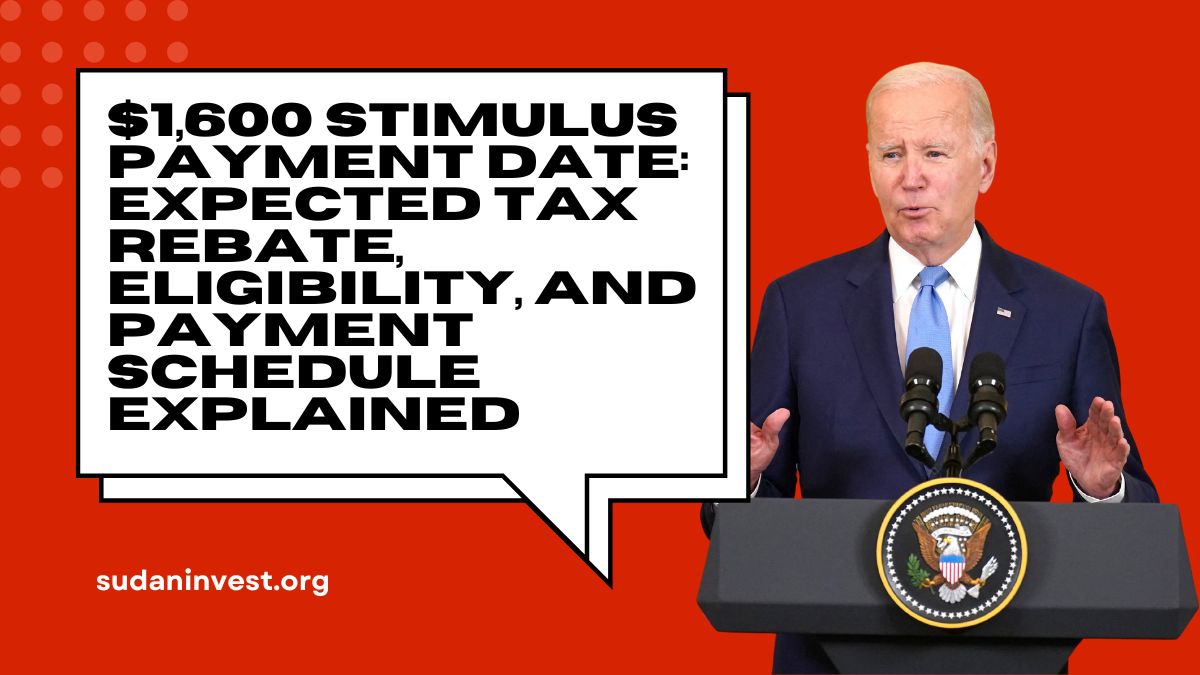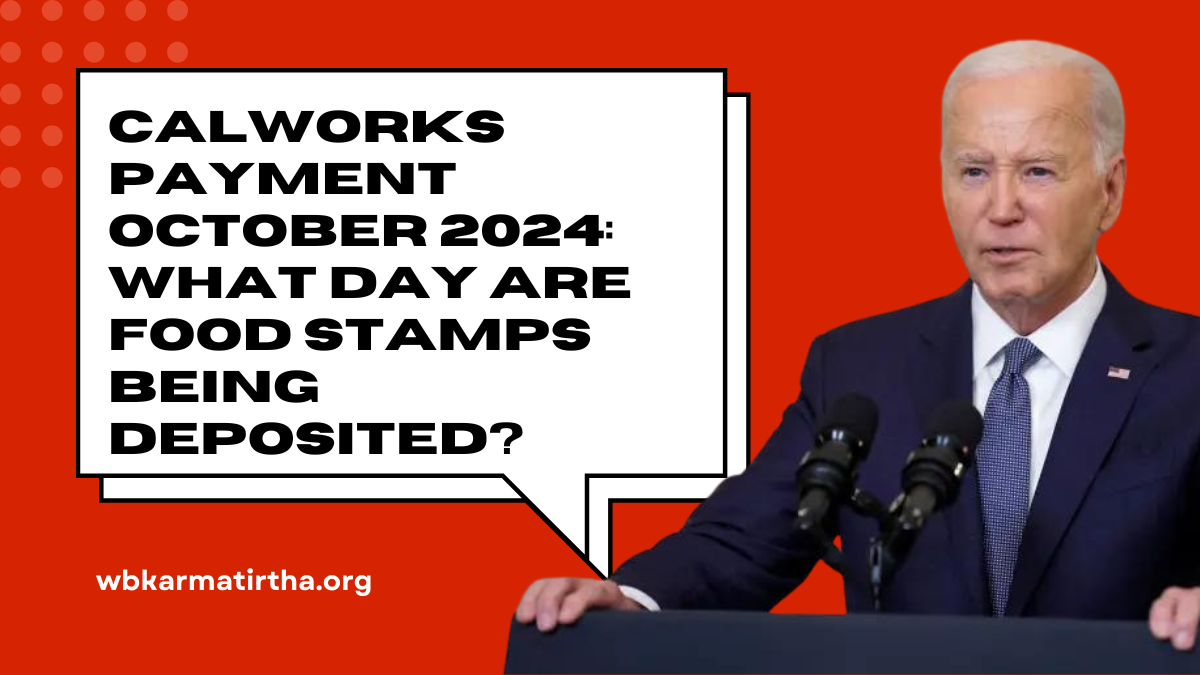The future of Social Security in the United States is facing a potential crisis as the Old-Age and Survivors Insurance (OASI) Trust Fund, which finances the program, is projected to become insolvent by 2033.
Without Congressional action, this could lead to a 23% reduction in benefits for approximately 70 million Americans, including retirees, disabled workers, and survivors.
The looming cuts could significantly impact millions of individuals who depend on Social Security as a financial lifeline.
Here’s an in-depth look at what’s happening, why, and what this means for current and future beneficiaries.
The Old-Age and Survivors Insurance (OASI) Trust Fund: An Overview
The OASI Trust Fund, valued at approximately $2.6 trillion, finances Social Security payments through payroll taxes. Historically, the fund was designed to cover benefits for retired workers, their families, and survivors of deceased workers.
However, since 2021, Social Security has paid out more in benefits than it has collected in payroll taxes, effectively drawing on its reserves to meet obligations.

According to current projections, the OASI Trust Fund could run out of reserves by 2033. Once this happens, benefits will need to be cut to match incoming revenue, resulting in a 23% reduction for all beneficiaries.
The Impact of Benefit Cuts: Who Will Be Affected?
1. Retirees and Seniors
If the OASI Trust Fund is depleted, retirees will see a significant drop in benefits. For a typical dual-income couple retiring in 2033, this reduction could amount to $17,400 annually.
Single-income retirees would face a loss of around $13,100. These cuts could cause financial strain for millions of seniors who rely heavily on Social Security for their basic living expenses.
2. Disabled Workers
Disabled workers who receive Social Security Disability Insurance (SSDI) would also experience similar cuts.
Currently, many SSDI recipients depend on these payments as their primary source of income, and a reduction could push many below the poverty line.
3. Low-Income Earners
Low-income retirees, who are more dependent on Social Security due to limited savings, will be disproportionately affected.
Middle-income single workers could see an annual reduction of about $1,155 in their benefits, while an average couple could lose up to $2,500 per year.
The Upcoming 2024 Election and Its Implications for Social Security
As the 2024 presidential election approaches, Social Security reform has become a key topic. Both major political parties recognize the potential fallout from such a drastic reduction in benefits.
Reducing Social Security payments by 23% could lead to a sharp increase in poverty among seniors and disabled individuals. Political leaders are under immense pressure to find a solution, but partisan divisions make progress difficult.
Potential Reforms to Save Social Security

1. Raising Payroll Taxes
One option being considered is raising the payroll tax cap. Currently, only income up to $160,200 is subject to payroll taxes. Raising or eliminating this cap could generate additional revenue for the OASI Trust Fund, helping to offset future benefit cuts.
2. Increasing Retirement Age
Another potential reform is increasing the full retirement age beyond 67. This would encourage people to work longer and delay claiming benefits, thereby reducing the strain on the Social Security system.
3. Benefit Reductions or Means-Testing
Some policymakers have proposed reducing benefits for higher-income retirees or introducing means-testing for Social Security. This would focus resources on those most in need while limiting payouts to wealthier individuals.
How Will These Cuts Affect Future Generations?
The impact of these cuts will not be limited to current retirees. Today’s younger workers, particularly those in their 50s and 60s, will also face a significant reduction in benefits unless substantial changes are made soon.
As the OASI Trust Fund approaches insolvency, workers nearing retirement may have to adjust their financial plans, working longer or saving more to compensate for the anticipated shortfall in Social Security benefits.
Future retirees will likely bear the brunt of these cuts, with fewer opportunities to adjust their retirement savings or work plans.
This could also increase financial pressure on families, as younger generations may need to support aging relatives who are affected by these reductions.
| Category | Current Benefits | Projected 2033 Benefits | Annual Loss |
|---|---|---|---|
| Average dual-income couple | $74,000 | $56,600 | $17,400 |
| Single-income couple | $57,000 | $43,900 | $13,100 |
| Middle-income single worker | $9,355 | $8,200 | $1,155 |
These figures illustrate the stark reality of what could happen if Social Security reforms are not implemented
Conclusion
The potential reduction in Social Security benefits by 2033 represents a significant challenge for the U.S. economy and millions of individuals who rely on these payments.
If no action is taken, a 23% cut could devastate retirees, disabled individuals, and low-income earners. While Congress still has time to address the issue, political gridlock may delay necessary reforms, leaving millions in financial jeopardy.
The time for action is now, and lawmakers must find a way to preserve Social Security for future generations.
FAQs
1. Why is Social Security facing a potential 23% cut?
The OASI Trust Fund, which finances Social Security payments, is projected to become insolvent by 2033 due to an imbalance between incoming payroll taxes and outgoing benefits.
2. Who will be affected by the Social Security cuts?
Around 70 million Americans, including retirees, disabled individuals, and survivors, will face a 23% reduction in their benefits unless Congress acts to reform the program.
3. What are some proposed solutions to prevent the cuts?
Potential reforms include raising the payroll tax cap, increasing the retirement age, and introducing means-testing for higher-income retirees.
4. How much could retirees lose annually if the cuts happen?
A typical dual-income couple could see a reduction of up to $17,400 annually, while a single-income household could lose around $13,100.
5. Will future generations be affected by these cuts?
Yes, younger workers will likely face reduced benefits and may need to adjust their retirement plans accordingly.
References
- Committee for a Responsible Federal Budget – Social Security Crisis Analysis.
- Money.com – Social Security: Will Benefits Really Get Cut 23% in 2033?
- ThinkAdvisor – Social Security Insolvency and Its Impact.
- Ecoticias – Historic Social Security Benefit Cuts.
















